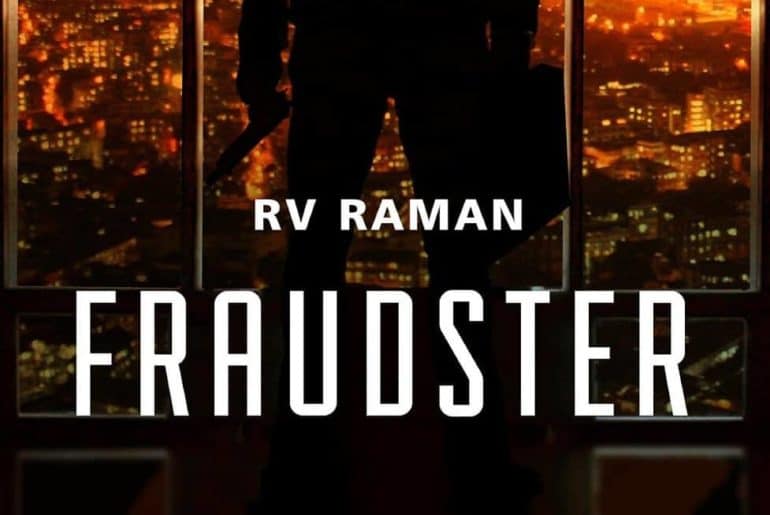How would it feel like, if you could build your own phone? For which you could decide what you want & what you wanna skip? You’ll no longer need to choose between a Samsung and a Motorola; instead, you will be able to create your own device. Sounds unreal, right?
This may soon be a reality – Google’s Project Ara might come to India early next year.
The actual belief behind the whole concept was to reduce e-waste. Why throw a phone when it becomes outdated, when it could be updated? This was the philosophy behind the original idea of ‘Phonebloks’ – a phone whose hardware blocks can be replaced. Then came in Google, which seeked to create a new device category of modular smartphones and rebranded the whole experiment as Project Ara. Showcased in June early this year at Google I/O, Project Ara was still in it’s rudimentary stages – the phone didn’t go past the boot screen! However, the latest buzz is that on 14th January 2015, a fully functional Project Ara prototype will be officially displayed at a media event.
How it works
Project Ara phone’s are a collection of Lego-like blocks. These blocks contain hardware pieces – cameras, processors, battery, RAM, display, etc. There are three sizes – mini, medium and large – which can be achieved through a combination of magnetic blocks of different sizes. The blocks are removable & replaceable as well.
Now what seems to be the height of customisation is that you can choose your own specifications and design for your phone! And since they are replaceable, you can simply buy a new component instead of buying a whole new device! For example, you may build a phone with a 5MP camera and may require a 13MP shooter after a year. Instead of buying a new phone with the required specification, you could simply buy a 13MP ‘camera block’ and swap it with the current one. If reports are to believed, this swapping would be in realtime, i.e. no need to reboot your phone! You can even carry spare blocks with you & change them on the go!
Shortcomings
Though it’s an amazing concept, it has its own set of drawbacks.
Firstly, you will have to compromise on your phone’s aesthetics in lieu of the customisations. Since the phones are made of colourful, magnetic blocks, the phone might look like toy! Also, the phone is thicker & heavier, as all hardware is on the exterior.
Secondly, though Google plans to make Ara affordable for all, building a high-end device might be more expensive than buying one from the market. The reason being, smartphone makers produce their devices in bulk, which reduces the per-unit pricing of each component significantly. Hence, building a single device may increase the price. (Though Google says, it starts at $50!)
Conclusion
This seems to be the next big thing in the world of technology. Creating your own phone seems dreamlike! Also the hardware being offered is very versatile, like the resolution range from average to full HD. We will have to wait for January to get the exact details on hardware, software, availability, etc. However, if trends are to be believed, Google may launch the product by the next Google I/O. By early 2015, you shall be able to create your own devices online, order them and use them. Start planning your devices!


